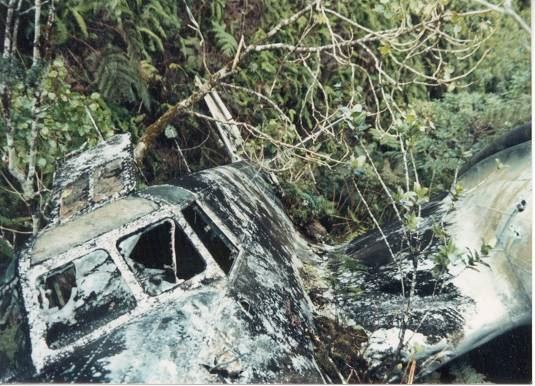The “King’s Band” had its beginning in 1836, it continues today; founded by King Kamehameha III, it became a staple of daily life by performing for state occasions, funerals and marching in parades.
The band accompanied reigning monarchs on frequent trips to the neighbor islands and brought their music to remote destinations of the kingdom such as Kalaupapa on the island of Molokai.
In 1848, Band members signed contracts to serve, noting they “agree to serve under the orders of William Merseburgh, the captain appointed by His Majesty … (and) to meet from time to time for the purpose of practicing and improvement in instrumental music.”
“We agree to play for the king and for the other officers of the government whenever called on by our captain for such reasonable compensation as he shall award, not less than one dollar nor more than three dollars per man for any time not to exceed one day.” (Hawaiian Star, September 22, 1906)
In the 1880s, the Royal Hawaiian Band played concerts twice a week in Queen Emma Square. “One of our pleasant diversions was to go to and hear Captain Berger’s band play at Emma Square every Saturday afternoon. … we all went and sat in the carriage just outside the park. There was usually a crowd there, as it was very popular.” (Sutherland Journal)
When the Provisional Government under Sanford B Dole in the wake of the Overthrow demanded a loyalty oath of all employees, the musicians of the Royal Hawaiian Band, renamed Government Band, refused to do so, an act of courage celebrated in Ellen Prendergast’s “Mele ‘ai pohaku” (The Stone Eating Song,) also known as “Kaulana nā pua” (“Famous are the Flowers (Children.”) (RoyalHawaiianBand)
The bandmembers then organized into the “Pana Lāhui Hawaiʻi”, “The Hawaiian National Band”, which under the leadership of José Liborno went to the United States to drum up support for the Queen and for Hawaiʻi’s continuing independence. (RoyalHawaiianBand)
One notable bandmaster was Heinrich (Henri or Henry) Berger. He came from Prussia at the request of Kamehameha V, who asked Emperor Wilhelm I to send a conductor. On June 3, 1872, Berger arrived in Honolulu on board the steamer “Mohongo” and one week later conducted his first public concerts.
It took him just two months to receive this accolade from the “Pacific Commercial Advertiser”: “The Band, under the able direction of Mr. Berger, has resumed the practice initiated two years ago by the band of the Austrian frigate Donau…”
“The neighborhood of Emma Square looked quite lively for an hour or so on Thursday afternoon where lots of people in carriages and on foot had assembled to hear the really fine sounds of the ‘Hawaiian Military Band.’”
“As was remarked by one of the Honolulu delegation in the Assembly when the appropriation for the support of the military was under discussion: ‘The band is by far the best part of the army.’” (Atlantic Times)
After four years, Berger returned to Germany, had himself released from his duties in the Prussian military and then came back to Hawaiʻi for good. He gave 32,000 concerts, composed 250 Hawaiian songs, some of which are still being sung around the world, and 1,000 other tunes.
He wrote down indigenous hymns that had until then only been passed on orally. And on Sundays, taking turns with his friend, Queen Liliʻuokalani; he played the organ in Kawaiahaʻo Church. Lili’uokalani was a formidable composer in her own right. Her song, “Aloha ‘Oe” (Farewell to Thee), became world-famous. Berger had arranged it for her.
During the Second Wilcox Rebellion of 1895, Berger had to find new, mostly non-Hawaiian musicians. He was commanded by the now Republic of Hawaiʻi to give concerts in order to soothe the agitated mood of the citizenry.
As the twentieth century rolled around, things began to normalize, at least on the surface. The Band regained its former royal name and would perpetuate cherished traditions close to the hearts not only of many Hawaiians but of a good number of locals and visitors alike. (RoyalHawaiianBand)
The Royal Hawaiian Band was a cornerstone of the monarch and the essence of music of Hawaiʻi’s monarchy and continues the tradition of keeping Hawaiian marches and band arrangements alive by including several of these compositions among its repertoire. (AssociationOfHawaiianCivicClubs)
During its long history, band leaders included an escaped American slave, a Portuguese, a New Zealander, a Prussian and a German from Weimar. (SI-edu)
Today, the Royal Hawaiian Band is an agency of the City and County of Honolulu and is the only full-time municipal band in the United States. The Band is made up of 40 full-time positions and functions as a concert band, a marching band and a glee club ensemble.
The band performs and marches in over 300 concerts and parades each year including: city, state and military functions; schools, community centers, shopping malls, retirement communities, graduations and private events. Weekly public performances are held on Fridays at ʻIolani Palace and Sundays at the Kapiʻolani Park Bandstand.












































